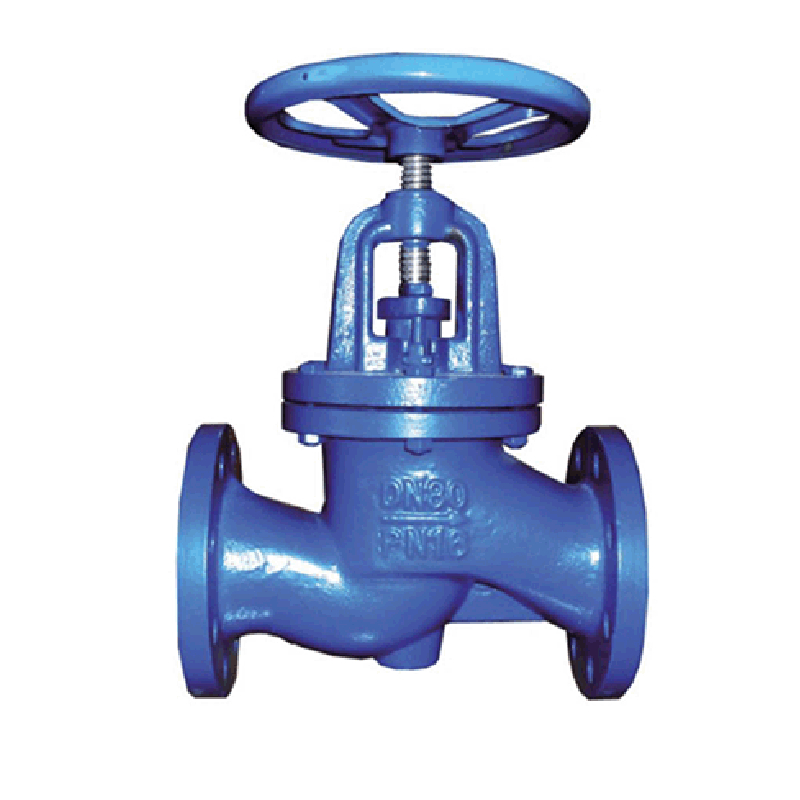11 月 . 01, 2024 15:44 Back to list
Optimizing Flow Management with Effective Control Valve Solutions for Industrial Applications
Understanding Control Valves A Critical Component in Modern Automation
Control valves play a vital role in various industries, serving as the primary means of regulating the flow and pressure of fluids within a system. In essence, a control valve can be considered the “gatekeeper” of process control, ensuring that systems operate efficiently and safely.
At its core, a control valve adjusts the flow rate of a fluid by altering the size of the flow passage in response to a control signal. This adjustment is crucial in processes where precise fluid control is needed, such as in chemical manufacturing, petroleum refining, water treatment, and HVAC systems. By utilizing feedback mechanisms, control valves can respond dynamically to changing conditions, maintaining the desired operational parameters.
Components of Control Valves
A typical control valve consists of several key components
1. Valve Body The primary part of the valve where the flow occurs. It can come in various designs—globe, ball, butterfly, or gate—each suitable for different applications.
2. Actuator This component provides the necessary force to operate the valve. Actuators can be manual (hand-operated), pneumatic (powered by air), or electric (powered by electricity), allowing for different control strategies.
3. Positioner This device enhances the accuracy of the valve by ensuring that it opens to the correct position based on the control signal received. It helps maintain the desired flow rate even under varying system pressures.
4. Flow Sensors These devices monitor the flow rate and provide real-time data to the control system, allowing for timely adjustments to the valve's position.
Types of Control Valves
control valve

Control valves can be classified into various types based on their design and operation
- Globe Valves Known for their excellent throttling capabilities, these valves are widely used in applications where precise control of flow is required.
- Ball Valves With a spherical disc that controls flow, ball valves offer quick shut-off capabilities and are ideal for on/off control.
- Butterfly Valves Suitable for large volume requirements, these valves feature a rotating disc that regulates fluid flow efficiently.
- Solenoid Valves Used in automated control systems, these valves are operated electrically, allowing for rapid response times.
Importance of Control Valves
The significance of control valves cannot be overstated. They ensure process efficiency by optimizing resource use, reducing wastage, and enhancing system safety. In industries such as oil and gas, even slight deviations in flow control can lead to catastrophic consequences, making reliable control valves indispensable.
In addition, advancements in technology have led to the integration of smart control valves equipped with sensors and data analytics capabilities. These innovations enable predictive maintenance, improve energy efficiency, and contribute to the overall betterment of industrial operations.
Conclusion
In summary, control valves are essential components of modern automation systems, providing critical capabilities for fluid regulation across various industries. Their ability to accurately manage flow rates contributes to operational efficiency, safety, and sustainability. As technology continues to evolve, so too will the sophistication and effectiveness of control valves, cementing their role in the future of industrial automation. Whether in chemical plants or municipal water systems, the importance of these devices remains paramount.
Share
-
Understanding the Differences Between Wafer Type Butterfly Valve and Lugged Butterfly ValveNewsOct.25,2024
-
The Efficiency of Wafer Type Butterfly Valve and Lugged Butterfly ValveNewsOct.25,2024
-
The Ultimate Guide to Industrial Swing Check Valve: Performance, Installation, and MaintenanceNewsOct.25,2024
-
Superior Performance with Industrial Swing Check Valve: The Essential Valve for Any SystemNewsOct.25,2024
-
Industrial Swing Check Valve: The Ideal Solution for Flow ControlNewsOct.25,2024
-
You Need to Know About Industrial Swing Check Valve: Functionality, Scope, and PerformanceNewsOct.25,2024